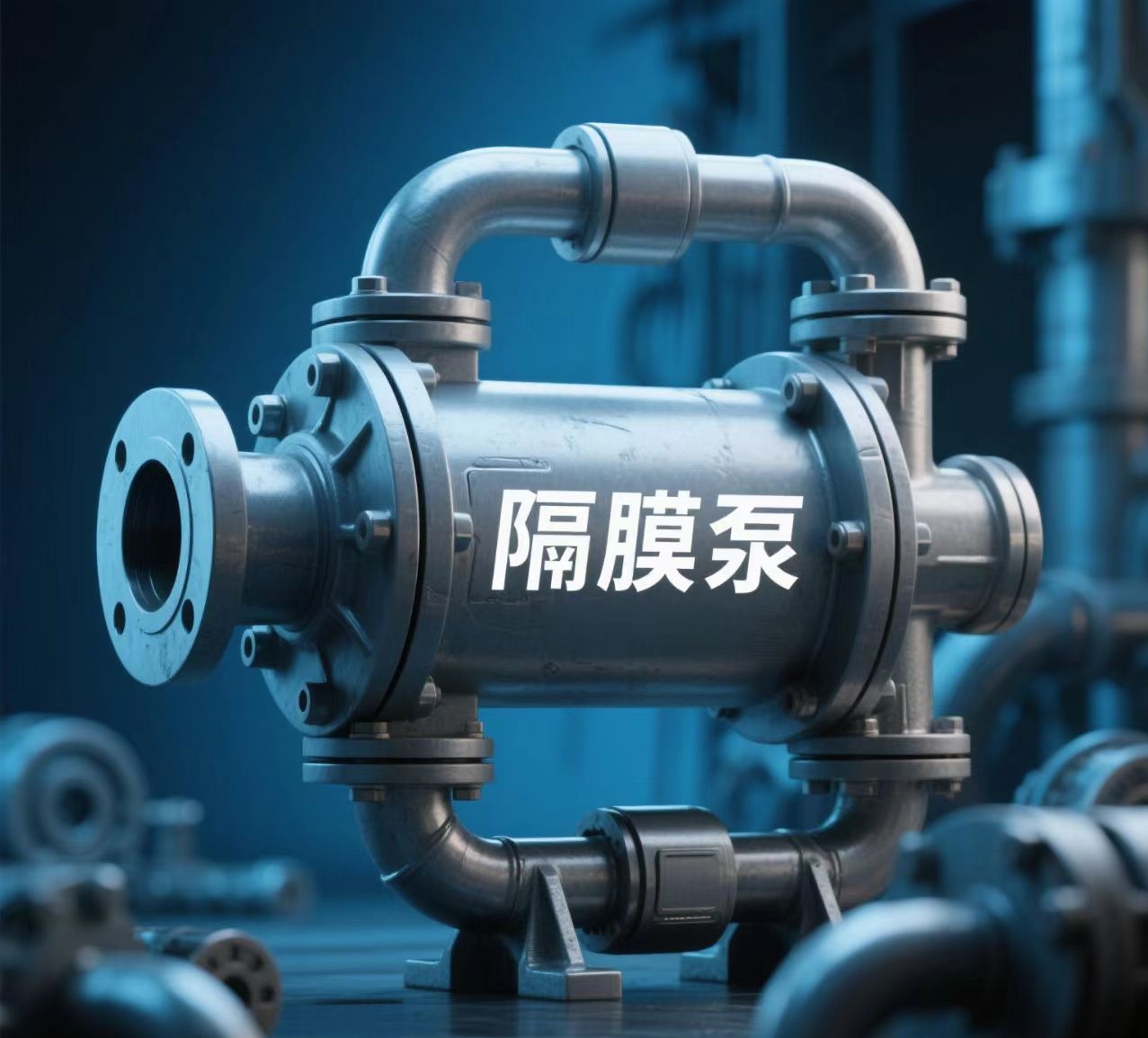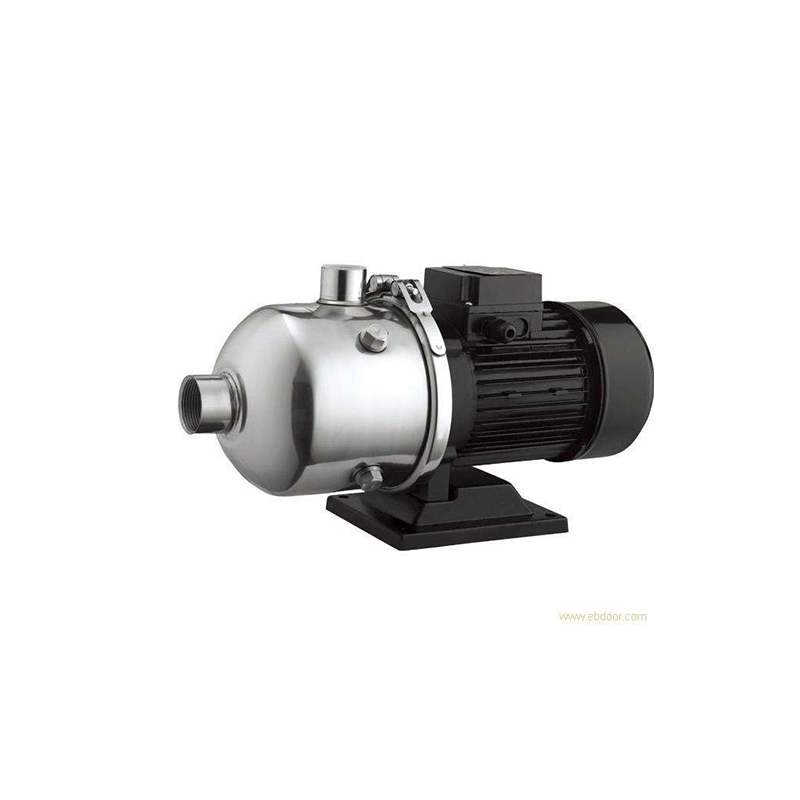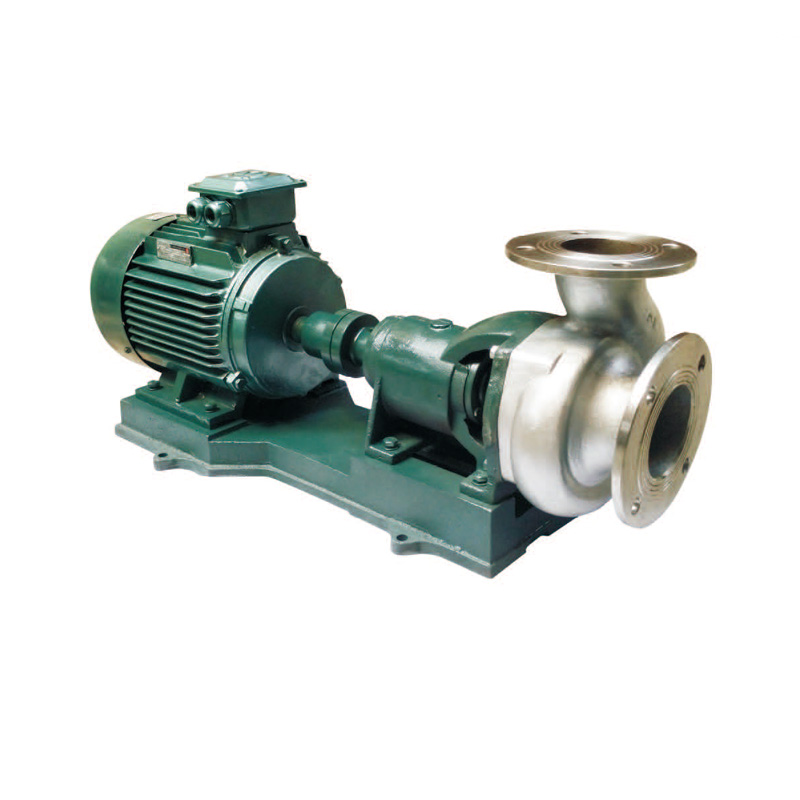NewsNEWS
Featured products
Contact Us
Diaphragm Pump Selection Guide
2025-04-14Diaphragm Pump Selection Guide
Diaphragm pumps have become essential tools in modern industries. This guide explains why they matter and how to choose the right one for your needs.
Why Diaphragm Pumps Are Important
1. Works with almost any liquid
Diaphragm pumps handle tough jobs in chemical plants, medicine factories, and food processing. They can move dangerous acids, thick slurries with sand, and even hot liquids better than regular pumps.
2. No leaks = Safer workplaces
Unlike pumps with spinning parts, diaphragm pumps use a flexible rubber or plastic sheet (the diaphragm) to move liquids. This design completely stops leaks, making them perfect for handling toxic chemicals or expensive materials.
3. Self-priming capability
Most diaphragm pumps can start working without needing liquid in the pipes first. This “self-starting” feature is great for dirty water or liquids with chunks floating in them. Workers save time and avoid messy priming steps.
How to Choose the Right Diaphragm Pump
1. Match your flow needs
First check two numbers:
– Flow rate: How much liquid needs to move per hour (e.g., 50 liters/minute)
– Pressure: How hard the pump needs to push (measured in bars or PSI)
Tip: Add 20% extra capacity for safety.
2. Know your liquid
Different liquids need different pumps:
– Acidic chemicals → Use pumps with Teflon parts
– Oily liquids → Pick models with special seals
– Hot liquids (over 60°C) → Choose heat-resistant materials
3. Pick the right materials
Common options:
– Diaphragms: Rubber (for oils), Teflon (for chemicals)
– Body: Stainless steel (food industry), plastic (cheaper)
– Valves: Ball valves (thick liquids), flap valves (clean liquids)
4. Easy maintenance saves money
Look for:
– Quick-change diaphragm systems
– Tool-free disassembly
– Available spare parts
Key Takeaways
Diaphragm pumps solve leak problems while handling tough liquids. When choosing one:
– Test your liquid’s thickness and acidity
– Calculate required flow/pressure
– Compare maintenance costs
– Check warranty terms

隔膜泵





